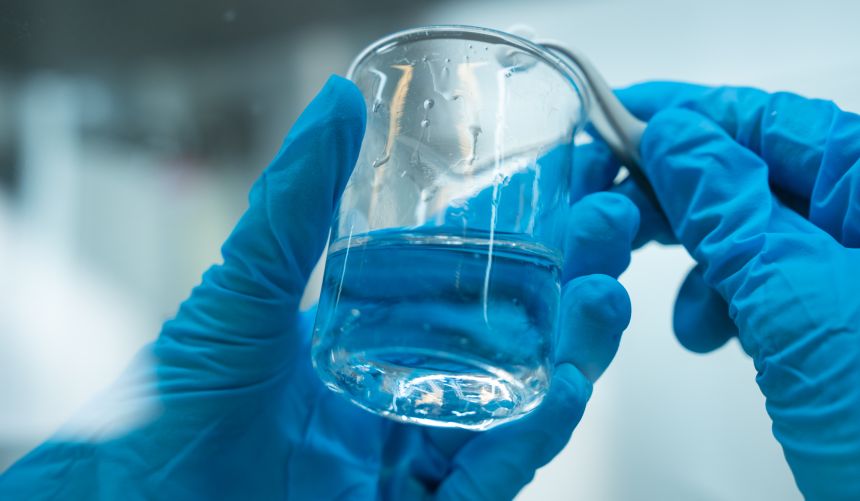PlasticTrace
The PlasticTrace project addressed the urgent need to develop and harmonise methods for identifying, characterising, and quantifying small micro- and nanoplastics (SMPs/NPs) in drinking water, food, and environmental matrices, in line with the EU’s Circular Economy Action Plan (CEAP).


About the project
The PlasticTrace project (Tracing Micro and NanoPlastics in Food and Environment), a EURAMET metrology partnership project, has aimed to address the urgent need for the development and harmonisation of methods for the chemical identification, physical characterisation, and quantification of released small micro/nanoplastics (SMPs/NPs) in drinking water, food, and environmental matrices, as required by the EU’s Circular Economy Action Plan (CEAP).
PlasticTrace is structured into six work packages: four dedicated to research and development, one to impact and communication, and one to coordination. The project develops standardised reference materials that mimic real micro- and nanoplastics, creates reproducible methods for detecting small particles in food and environmental samples, and pioneers advanced techniques to characterise nanoplastics with the support of a centralised data library.
To ensure reliability and transferability, methods are validated through interlaboratory comparisons across Europe. Beyond the laboratory, PlasticTrace works closely with stakeholders to translate results into new standards, regulations, and practical applications, maximising impact at both scientific and policy levels.
Introduction for e-learning modules:
As part of its commitment to knowledge sharing, PlasticTrace has developing a series of e-learning modules. These online resources provide accessible training on micro- and nanoplastic detection, characterisation, and standardisation methods.
Designed for researchers, analysts, and stakeholders, the modules support capacity building and promote harmonised practices.
See the e-learning modules here:
Module 1: Requirements and quality control for micro- and nanoplastics detection and analysis
Module 2: Preparation of SMPs/NPs reference materials
Module 3: Sample preparation for small microplastics and nanoplastics in food matrices
Module 4: Sample preparation for small microplastics and nanoplastics in environmental matrices
Module 5: Light Scattering based methods with hyphenated systems for SMPs/NPs characterisation
Module 6: Application of µ-Raman for small microplastics and nanoplastics characterisation
Module 7: Application of LD-IR/QCL for microplastics characterisation
Module 8: Application of Electron Microscopy tools for SMPs and NP characterization
Module 9: Application of thermoanalytical methods for SMPs/NPs characterisation
 Bert van Bavel
Bert van Bavel
 Vilde Kloster Snekkevik
Vilde Kloster Snekkevik
 Oda Ellingsen
Oda Ellingsen